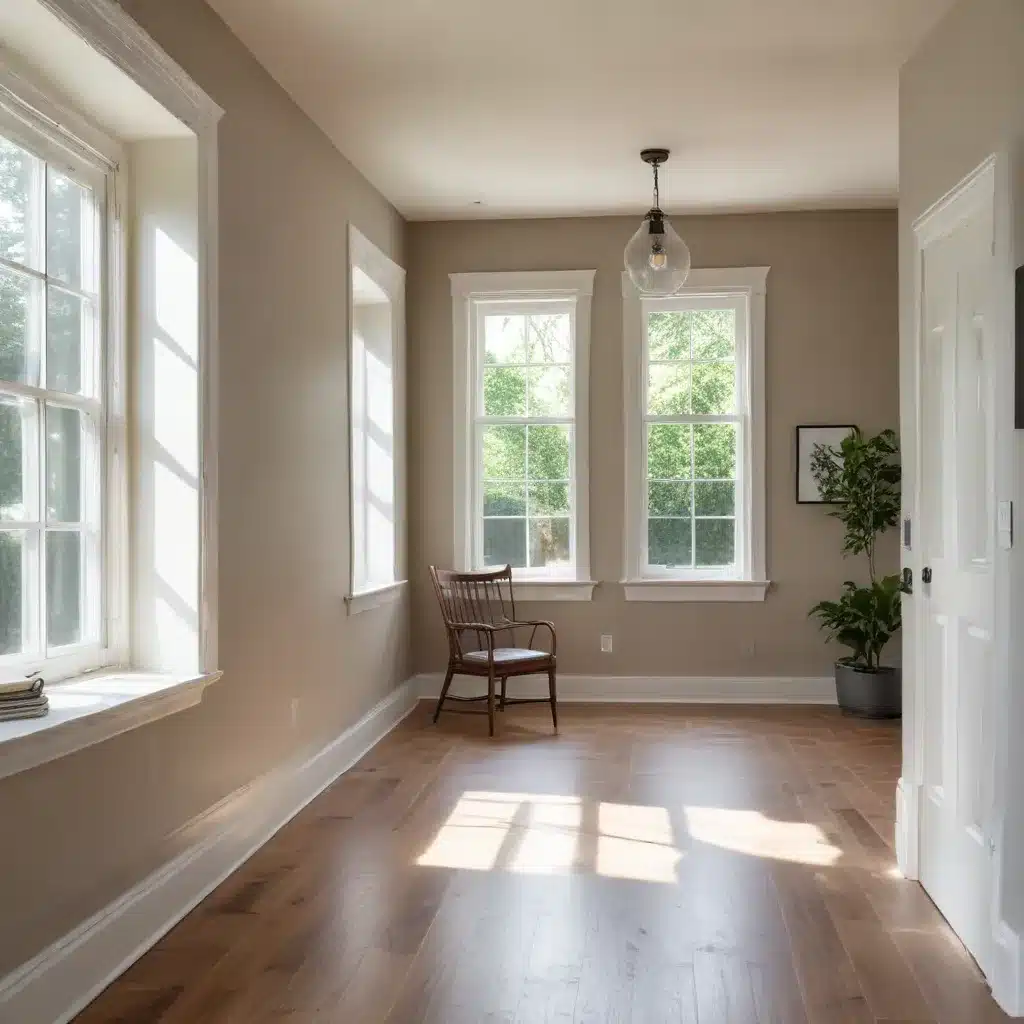
Understanding Natural Lighting
Natural lighting is often considered a designer’s best friend. Sunlight not only illuminates a space, but it can also enhance visual interest, create a sense of openness, and boost mood and productivity. However, not every home or studio enjoys an abundance of natural light. In fact, dark spaces are a common challenge that many renovators and homeowners face.
Defining Natural Lighting
Natural lighting refers to the illumination provided by the sun, whether directly through windows and skylights or indirectly through reflective surfaces. The quality and quantity of natural light in a space can vary significantly based on factors like geographic location, time of day, weather conditions, and building orientation.
Importance of Natural Lighting
Beyond the aesthetic benefits, natural light offers practical advantages as well. It can reduce energy costs by minimizing the need for artificial lighting, and it has been shown to have positive effects on physical and mental well-being. Exposure to natural light can boost mood, regulate circadian rhythms, and even improve productivity.
Factors Affecting Natural Lighting
The amount of natural light in a space is influenced by a variety of factors, including:
- Window size, placement, and orientation – Larger windows, especially those facing north or south, allow more light to enter.
- Exterior obstructions – Trees, buildings, or other structures that cast shadows can limit the amount of light.
- Time of day and season – Morning and afternoon light tend to be brighter than midday, and winter daylight is generally less intense than summer.
- Weather conditions – Overcast skies and rainy weather reduce the amount of natural light.
- Interior finishes – Light-colored walls, ceilings, and floors can reflect and amplify natural light.
Assessing Dark Spaces
Identifying and addressing dark areas in your home or studio is the first step toward optimizing natural lighting through renovation.
Identifying Dark Areas
Take a critical look at the various rooms and spaces in your home. Ask yourself: Which areas feel dimly lit, even during the day? These may be rooms with small windows, tall furniture or shelving that blocks light, or basement or interior spaces without direct access to the outdoors.
Analyzing Lighting Conditions
Once you’ve identified the dark areas, assess the specific lighting conditions. Consider factors like the size and placement of windows, the direction the windows face, and the presence of any obstructions. Also, note how the natural light changes throughout the day and during different seasons.
Evaluating Space Layout
The arrangement of furniture, decor, and other elements in a room can also impact the flow of natural light. Bulky furniture, high bookcases, and curtains or blinds that are always closed can all contribute to a space feeling dark and confined.
Renovation Strategies
With a clear understanding of the lighting challenges in your home, you can begin to explore renovation strategies to maximize natural illumination.
Maximizing Window Placement
One of the most effective ways to improve natural lighting is by strategically placing or enlarging windows. When possible, orient windows toward the north or south to capture the most consistent daylight. You can also consider adding skylights or glass doors to bring in additional light.
Enhancing Reflective Surfaces
Incorporating light-colored or glossy finishes on walls, floors, and ceilings can bounce and amplify natural light throughout a room. Mirrored elements, such as decorative mirrors or reflective furniture, can also help disperse light.
Incorporating Skylights
Adding skylights is an excellent way to flood a space with natural illumination. Skylights not only bring in direct sunlight but can also create the illusion of a larger, brighter room. When selecting skylights, consider factors like size, placement, and the use of diffused or tinted glass.
Brightening Techniques
In addition to structural renovations, there are several lighting-specific techniques that can help transform a dark space.
Leveraging Light-Colored Finishes
Painting walls and ceilings in light, reflective colors can significantly enhance the perception of brightness in a room. Avoid dark, absorptive hues that can make a space feel small and confined.
Introducing Mirrored Elements
Strategically placing mirrors can expand the visual experience of a room and bounce light around. Consider using a combination of different-sized mirrors, such as a large wall mirror and smaller decorative ones, to maximize the effect.
Strategizing Lighting Placement
When it comes to artificial lighting, thoughtful placement is key. Position light sources, such as floor lamps or recessed lighting, to illuminate dark corners and highlight architectural features. Layering multiple light sources can also create a more balanced, diffused glow.
Maintenance and Sustainability
Ensuring long-term brightness and energy efficiency is essential for maintaining an optimized lighting environment.
Ensuring Long-Term Brightness
Regular window cleaning and light bulb replacement can help maintain the maximum illumination in your spaces. Additionally, consider incorporating low-maintenance, durable materials like tempered glass and LED lighting to minimize the need for frequent upkeep.
Adapting to Seasonal Changes
While natural light may be abundant during the summer months, it can diminish significantly during the winter. Prepare for these seasonal shifts by adjusting window coverings, trimming exterior foliage, and supplementing with artificial lighting as needed.
Balancing Energy Efficiency
When making lighting-focused renovations, keep energy efficiency in mind. Opt for high-performance, low-emitting paint, and energy-efficient windows to maximize your home’s sustainability and reduce long-term operating costs**.
By understanding the importance of natural lighting, identifying dark areas, and implementing strategic renovation techniques, you can transform your home or studio into a bright, family-friendly oasis that inspires creativity. With a little planning and the right DIY vs. professional approach, you can enhance the overall functionality and visual appeal** of your living or work space.



